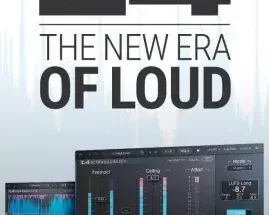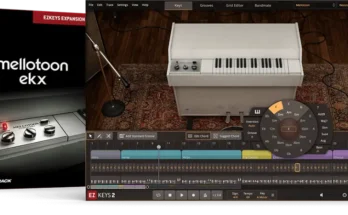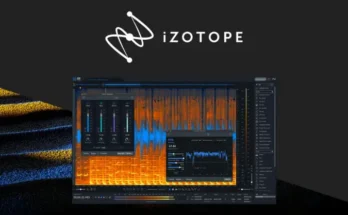Team UNION 01/04/13 | 54.4 MB
The musical technique of step sequencing has been around for quite a while. In fact, the very first electronic sequencers of any kind were step sequencers. Their appeal is no secret: they are super-easy to use, and provide both immediate gratification and a surprising level of flexiblity despite their limitations. Their hands-on approach to music making provides a level of intuitiveness and experimentaition that is unmatched. They are indeed machines for creativity.
But there are limitations: Fixed numbers of steps, fixed speed settings and pitch ranges. Limited numbers of voices, or presets, or routing options. Sometimes these issues are tied to a serious learning curve, or a cryptic user interface. And in the case of most of the interesting hardware options, expensive. Very expensive.
Numerology gives you a step sequencing environment that provides all the immediacy and experimentation that you are looking for, but removes the limitations. It does this by giving you several powerful but easy to use sequencing modules and a flexible virtual studio environment for them to live in, complete with audio plugin hosting, audio mixing and a timeline for building arrangements.
Numerology’s sequencers are not primitive modules that you have to spend weeks configuring and routing with other components just to get something playable. These are full-on MIDI and CV step sequencers that on their own are more powerful than most hardware sequencers, while still offering enough flexibility to satisfy even the most die-hard tweaker.
But it doesn’t stop there. A full suite of companion modules can be mixed and matched with the sequencers to expand their capabilities. LFO’s, Envelopes, CV Mixers, MIDI Generators and processors, they’re all there. There is even an integrated parameter modulation feature that makes it easy to automate anything from just about anything else.
Numerology’s Sequencers : A Catalog of Obsessions
The core of Numerology’s module library are its sequencers, which come in two varieties. The first of these are the Note Sequencers, which are a set of four very flexible MIDI sequencers. Lets first look at the MonoNote:
The MonoNote is a monophonic step sequencer with up to 128 steps per pattern, and an internal range of 8 octaves. For each step, there are thirteen sequenced parameters:
Pitch Interval : This is where you choose your pitches. They are Labeled as intervals, semitones or absolute pitch, and can range plus/minus 1, 2, or 4 octaves
Gate Length : These set the length of a note within a step : short for staccato, long for legato.
Step Length : Variable lengths per step, in a range of musical and extra-musical options.
Step Repeat : Like a step? Repeat it up to 16 times.
Gate Divide : Want to add some emphasis? Sub-divide a step. Up to 16 times.
Velocity : Tweak the feel of your sequence here by adjusting velocity.
Random Jump : Too much regularity? Use this to set probability of a random movement.
CVs 1-3 : Very handy for tweaking those filter cutoffs and other timbral goodies.
Channel Pressure : More of the same, for emphasis.
Step Skip : A classic trick from the Moog 960 : add instant variety to your sequence by adding and removing steps.
Step Mute : Handy per-step muting.
[toggle title=”Home page”]https://tinyurl.com/s75uu55[/toggle]

http://alfalink.to/c51008adc87cbc0988c3
Please REPORT in Comment Broken Links




